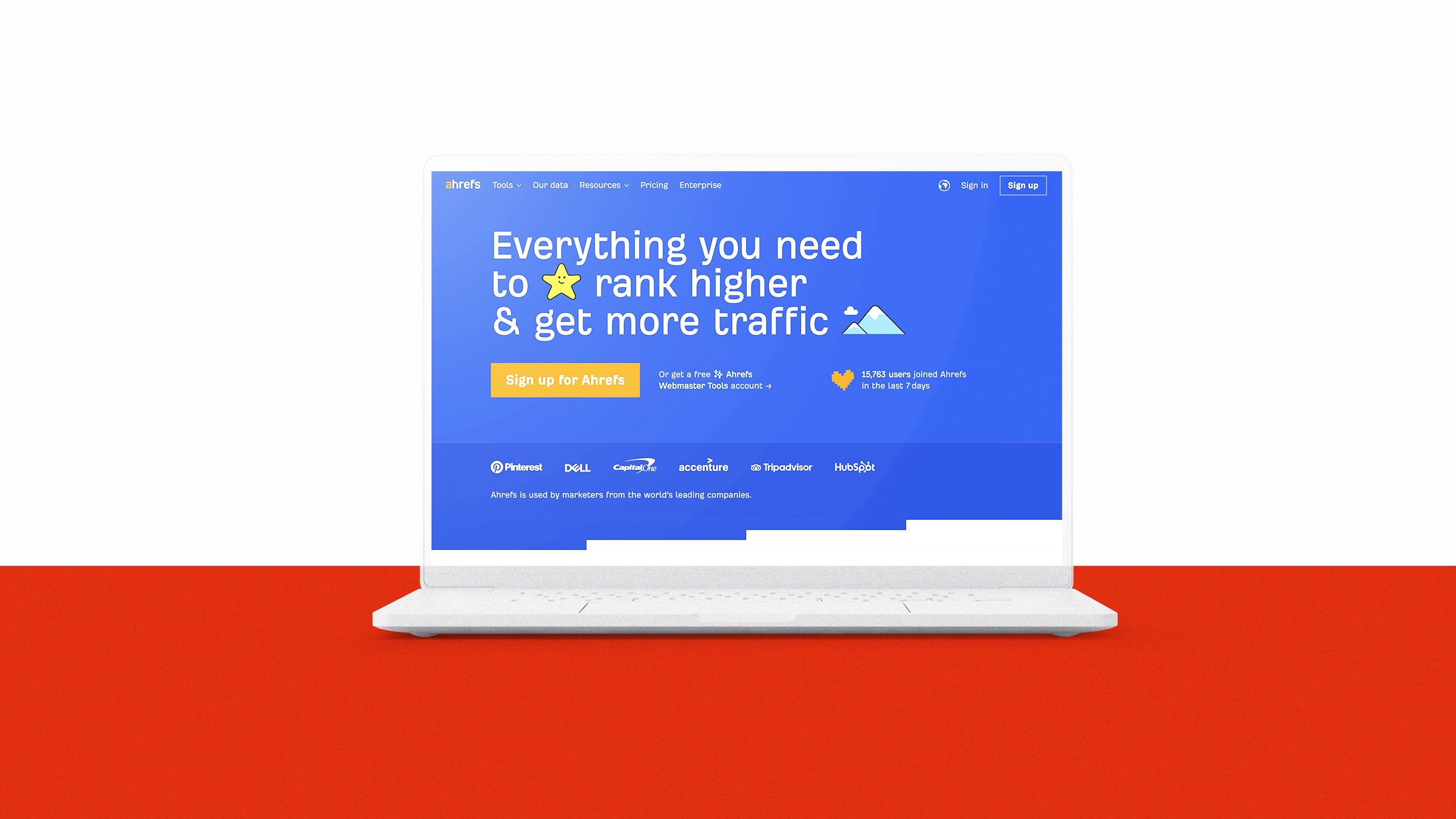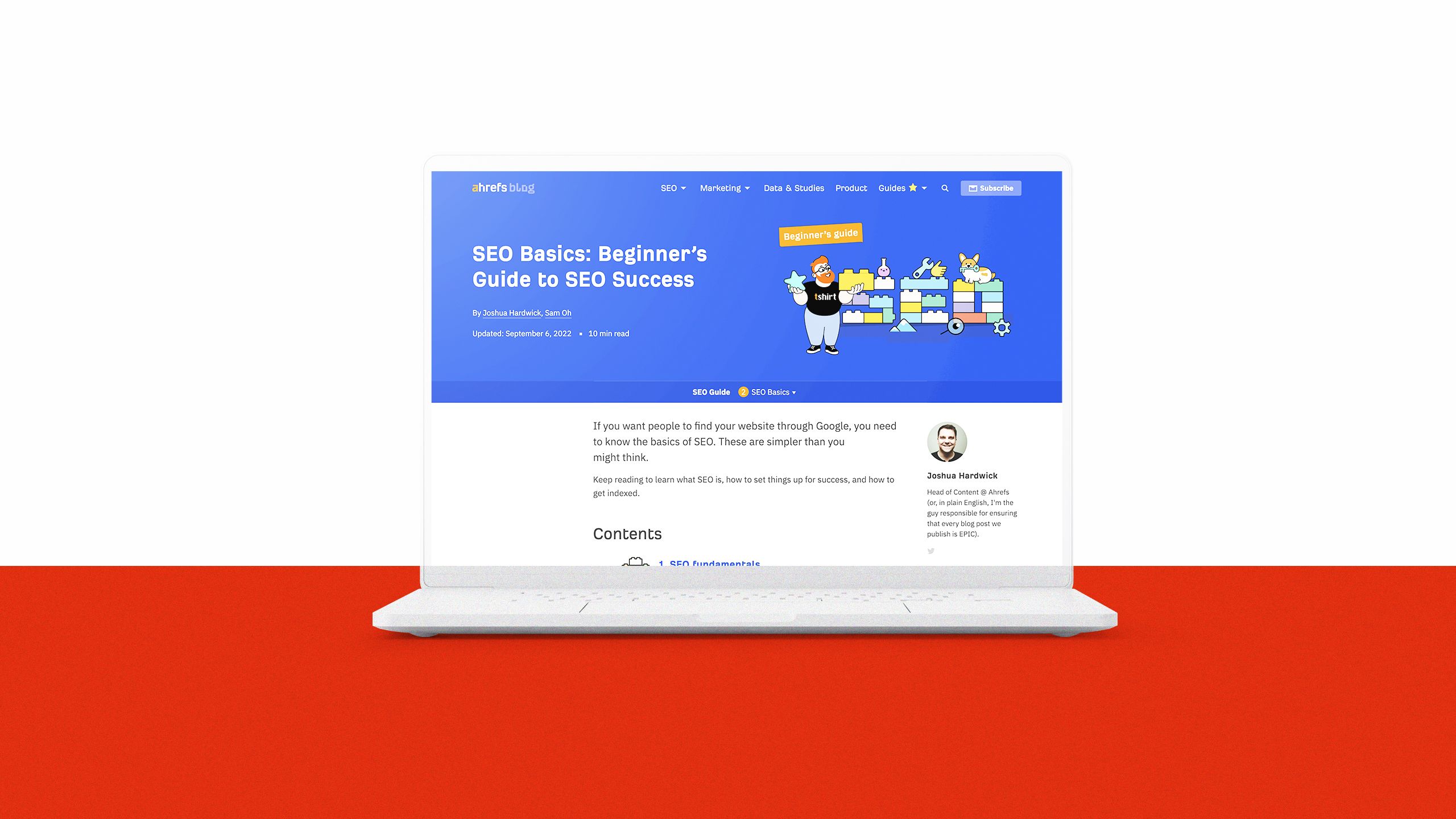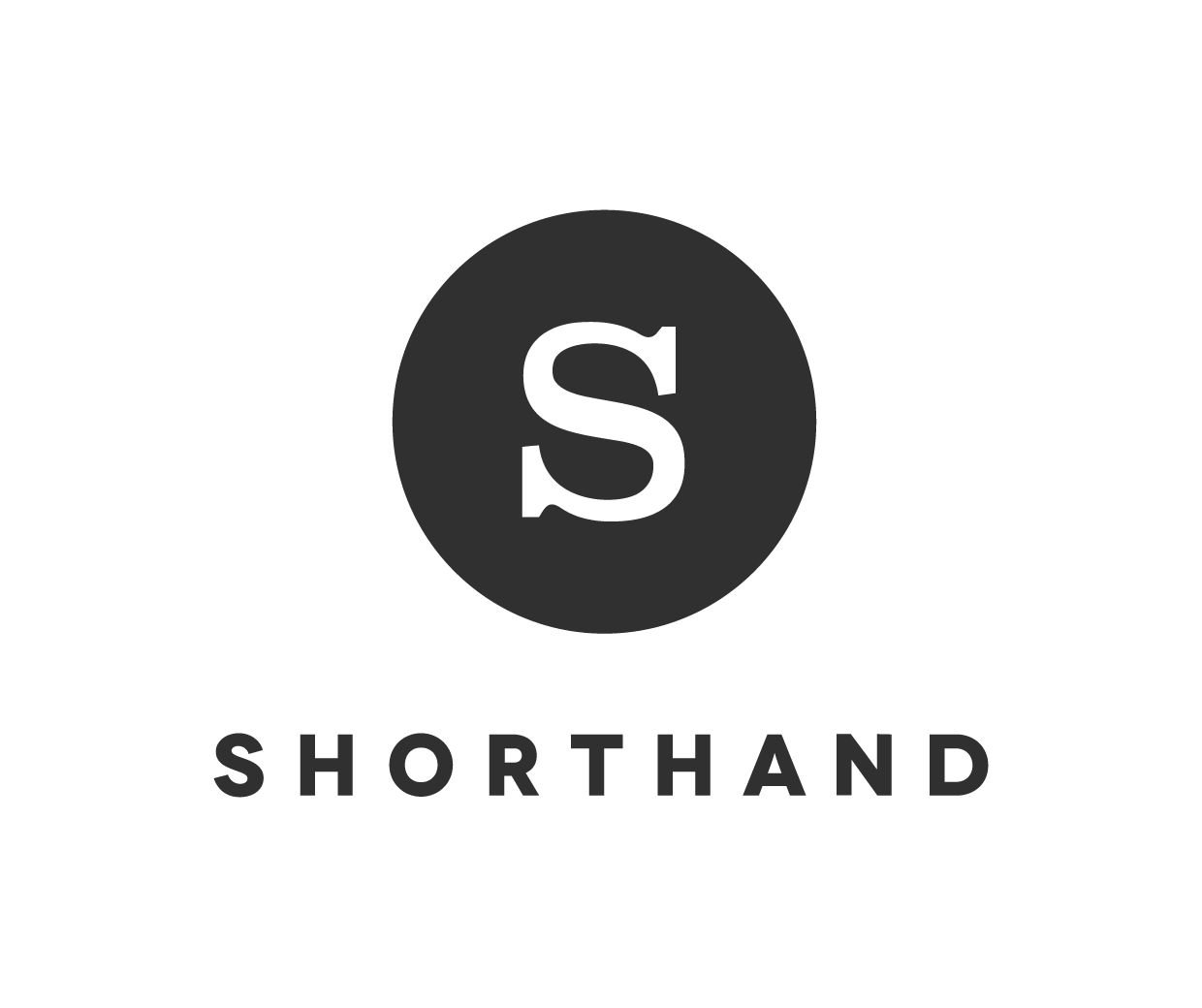Brand publishing: your key to a strong online presence

Brand publishing is proving its worth as a way to build brand awareness and customer trust. Here's how.
by Kimberlee Meier
by Kimberlee Meier
Buzzwords like ‘customer-centric’ and ‘brand focused’ are thrown around constantly. You hear them in content marketing podcasts and read about them in blog posts.
But what do these phrases really mean?
In non-jargon terms, brands need to focus on their audience to build trust. The traditional ways of reaching customers (think the classic formats: social media, paid media, or SEO blitz) are becoming less effective; brands are trying something different. Brand publishing is putting the jargon into action.
Brand publishing is a tectonic shift in the way businesses approach talking to, and connecting with, customers. The pivot from paying for expensive ad or PR campaigns to creating a brand’s own media is helping them have better conversations with customers — and build loyal communities.
In this piece, we're going to take a deeper look at why brand publishing is slowly becoming a must-have in a company's marketing toolkit. We will talk about valuable, relevant and engaging ways to create content that resonates with a target audience, and how it can pay off.
What is brand publishing?

Brand publishing is the practice of creating and distributing valuable content to build and engage an audience. It is a strategic marketing approach that focuses on creating content to educate, entertain, and inspire. It informs the audience, rather than solely promoting products or services.
To understand why brand publishing works so well, we need to look at the evolution from traditional marketing methods. In the past, brands relied on interruptive advertising in traditional media, online, or social media formats, to promote their products and services. Customers felt like they were purchasing a singular product instead of buying into a brand.
But the main purpose of brand publishing is not to promote a company's product or service. It's to build relationships with an audience and establish a brand as a trusted source of information. Brand publishing also doesn't see short-term sales as a win. Instead, it focuses on laying the foundation for a strong online presence that can attract and retain customers over time.
The internet and social media have been the main drivers of all this change. Consumers now have more control over the content they consume, and people are more conscious of buying from brands that align with their values.
At the end of the day, a brand has two choices: stick to traditional advertising formats, or focus on creating content, like magazine, video and podcast, that speaks directly to a target audience.
Many marketing leaders are choosing the latter.
What are the benefits of brand publishing?

Brand publishing has become increasingly popular as companies realise the benefits of building a loyal audience through their own media. In parallel, they are seeing declining returns in SEO, increasing costs in traditional media advertising, and the underlying risk of building a brand on ‘rented’ social media platforms with inherently fickle algorithms.
Not only is brand publishing giving companies back their voice — it works. It is an effective way to build a strong online presence that won’t break the budgets, and offers a range of benefits that traditional marketing methods cannot match. Some of the main payoffs can include:
Organic traffic. Regularly publishing high-quality content through publications, podcasts, newsletters and videos can drive more organic traffic to a brand's website. This can boost brand awareness and visibility.
Loyal audience. A consistent stream of high-quality content that resonates with a target audience can help build a community of loyal fans and followers. On the back of this, a brand can improve its reach and exposure in its industry.
Cost. Finally, brand publishing can deliver significant returns on investment. It's easier to track (because brands are in control of every element) and the strategy can be tweaked and optimised to fit into the brand's budget.
But speak to anyone in the brand publishing and content creation space, and the overwhelming reason companies have started to invest in brand content is to build trust and authority with their audience. According to research by Edelman, consumers are more than twice as likely to advocate for, buy first, stay loyal, and advocate for brands they trust.
It's easy to see why so many marketing leaders are making the jump.
Sean Bruce, the marketing manager over at Dovetail, a B2B/SaaS tool that gives brands qualitative analysis and insights into their customers, says the shift has been a result of brands trying to create a sense of community and become a voice for their industry.
"It reminds me a lot of the old industry trade mags. You used to have the IT professionals quarterly magazines and this would be something people would pick up because, if you're an IT professional, it would have a mix of cool advice and information. But it would also have interviews with people that you knew in the industry and were highly respected," he says.
"It would allow you to stay on top of the profession and keep your finger on the pulse of what's going on. In the end, people felt more informed and more professionally engaged."
"That's the sort of appeal that I think we have now with branded content. We're trying to give people something that's at their level and really meeting them where they are."
Sean Bruce
How brands are finding their voice

Brands and marketing leaders are realising that being authentic can help with everything from building loyalty with customers, to becoming a trusted thought leader in their industry.
That authenticity comes with effort. Content creators must fight to differentiate themselves from competitors and use their own unique voice. And a lot of this happens organically. Credibility and building trust in the brand take longer than paid or earned media campaigns, but consumers are now more conscious about where they spend money. In fact, 81% of people need to trust a brand to consider buying anything from them.
But the more content that's produced, the harder it is for a brand's voice to break through the noise.
Shareen Pathak is a journalist, editorial strategist and content product leader at Toolkits, a site that reports on brand publishing and provides practical resources for media professionals. She said with an "explosion" of content, which is being pushed by AI tools, we are now living through a time of "too much content".
"That means that the competition for audience attention is really, really intensified," she says.
"When you have that kind of explosion in content, you have to create work that is truly differentiated and truly different in order to stand out. To do that, you have to create original information, your work has to feel original and the best way to make something so original and engaging is first to draw from principles of journalism, because you're telling people your story.
"There's a real opportunity here to actually serve a community. There's an opportunity to build real trust. I think that you're seeing this response to an overall change in audience perception more than anything else."
Shareen Pathak
Consumers are no longer interested in being sold to. By publishing owned content, brands are able to showcase their values, beliefs, and personality, which in turn helps to build trust and loyalty with their audience.
Bruce says in the B2B/SaaS space, there are many companies that have built this type of following by putting time, effort and care into their brand publishing strategy.
"There's a bunch of really great branded publications and blogs out there that have just done wonders for the overall brand of the organisation as it's turned them into places that create really high-quality content," he says.
"Some readers probably don't even know if their product is good, but they always talk about the brand because they've seen the content. They've seen the way these organisations treat their content, and they recognise they are not just relying on SEO farms that just want to capture leads or drive acquisition.
"They bring their love into this content that they're creating, and that reflects really positively on the brand. So even if they don't get the subscription at the end of the day, simply exposing people to that kind of content will reflect really well on the organisation and build trust in the product they're producing."
One of those companies is Ahrefs. It created a mix of its own media content, mostly detailed and educational blog posts, but also podcasts and Youtube videos, to win over its audience.
The content is so helpful that it's shared regularly by other marketers on Twitter and LinkedIn, which helps spread the word. The company's CMO Tim Soulo then creates a feedback loop by replying to posts when readers mention Ahrefs, which helps humanise the content and put a face to the blog.
According to one interview, Soulo says the brand's focus on quality, informative content has helped increase annual revenue by 65%.


Brand voice takes a
(journalistic) village

Branded content gives marketing leaders back the power to create and own content to post on their website, blog and social media channels. It's also the backbone of any strategy to build a loyal brand following, as it's a direct way to talk to customers about everything from products to social activism campaigns.
But why is this so important?
Let's take a look at the numbers.
Eighty-one percent of customers now say it’s important they buy from brands that mirror their values. Another 65% of customers say they’re emotionally connected to a brand if they feel like the company cares about them. These numbers are huge — driving a loyal following is now more about telling people what your company stands for, not just creating a shiny new product.
But building a brand voice doesn't happen overnight.
Bruce notes that pivoting to brand published content is a big investment as it requires a change in how a company approaches content strategy.
"There's a wide chasm between your average business writer who might have written for SEO, and more experienced journalists who have been crafting stories for their whole career. Knowing the difference between those two things is pretty important," he says.
"You have to kind of approach it like a media company, which means that you have to pay for good writing. You do have to have a team that is editorially driven, perhaps more so than traditionally marketing driven, because they have to have a nose for good stories. They need to know how to produce good stories. And that's not necessarily a skill set that every marketing team has.
"But there are more and more media industry types leaving media and coming to marketing all the time. So there's no shortage of people like that out there. But I would recommend finding the right people to really spearhead the strategy and make sure that they've got editorial judgment, an understanding of how to produce good content, good writing, and good video."
While this shift to owned formats is stark, Pathak says she has noticed more brands mixing their own media content into their existing strategies that may already include paid media and PR. "Overall, I think that the hope is that this is going to be good for the information landscape. There will be more high quality content out in the world versus less — I think that's good news for everybody."
Want to see some of the best brand publishing on the web? Check out these eight fantastic examples and learn what makes them work so well.
Explore our gallery of inspiring brand publishing examples to discover fresh ideas for your next project. From immersive storytelling to innovative design, find the spark you need to captivate your audience.











